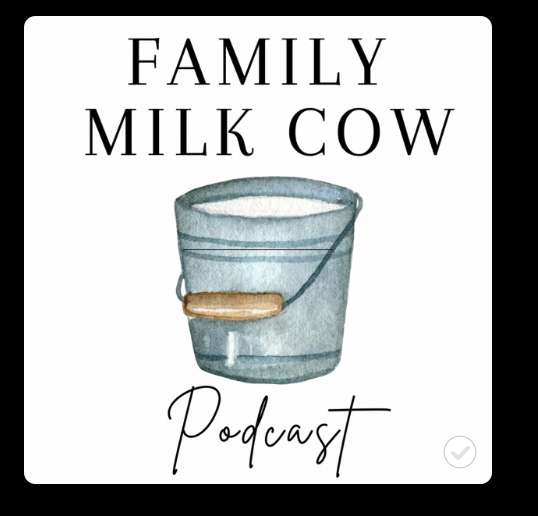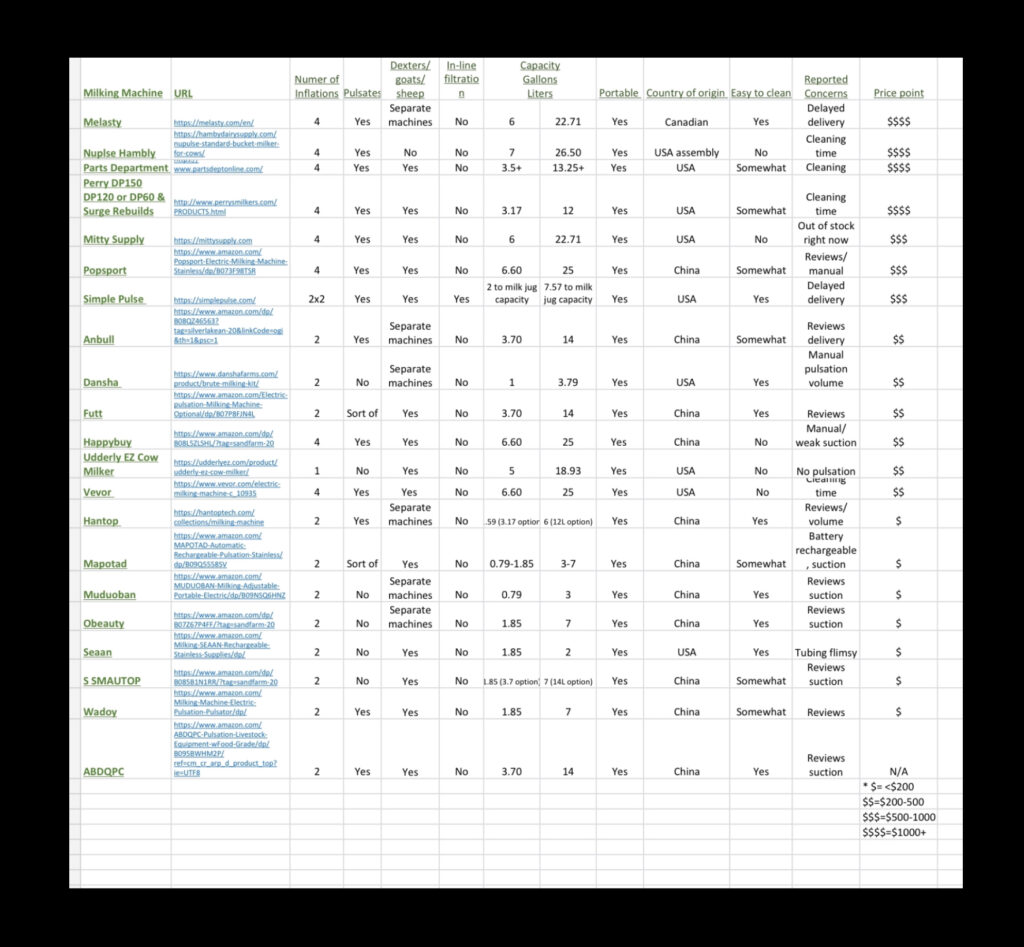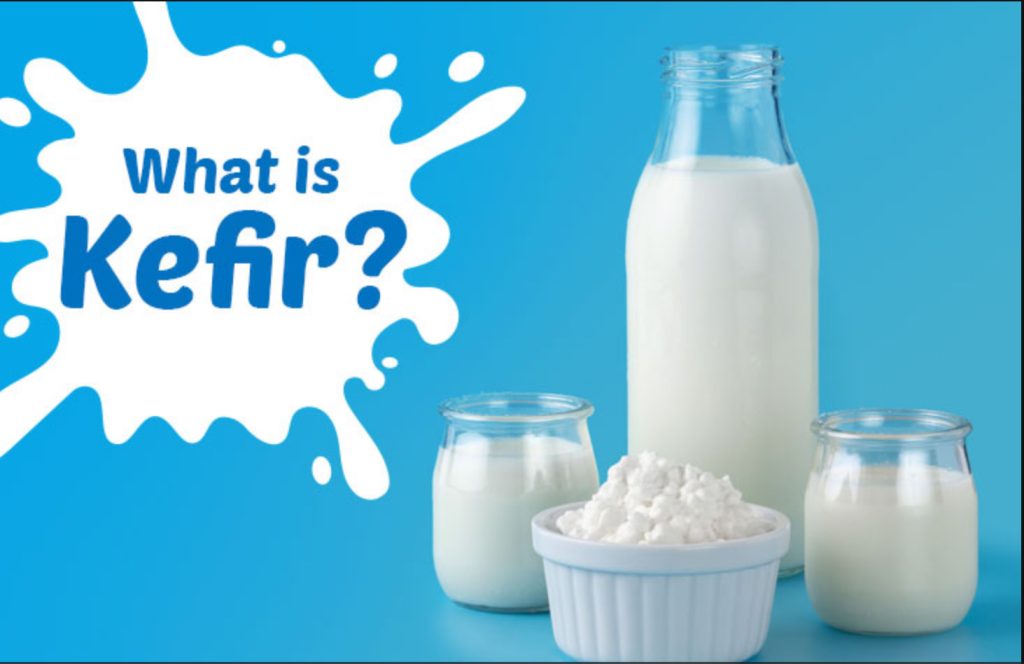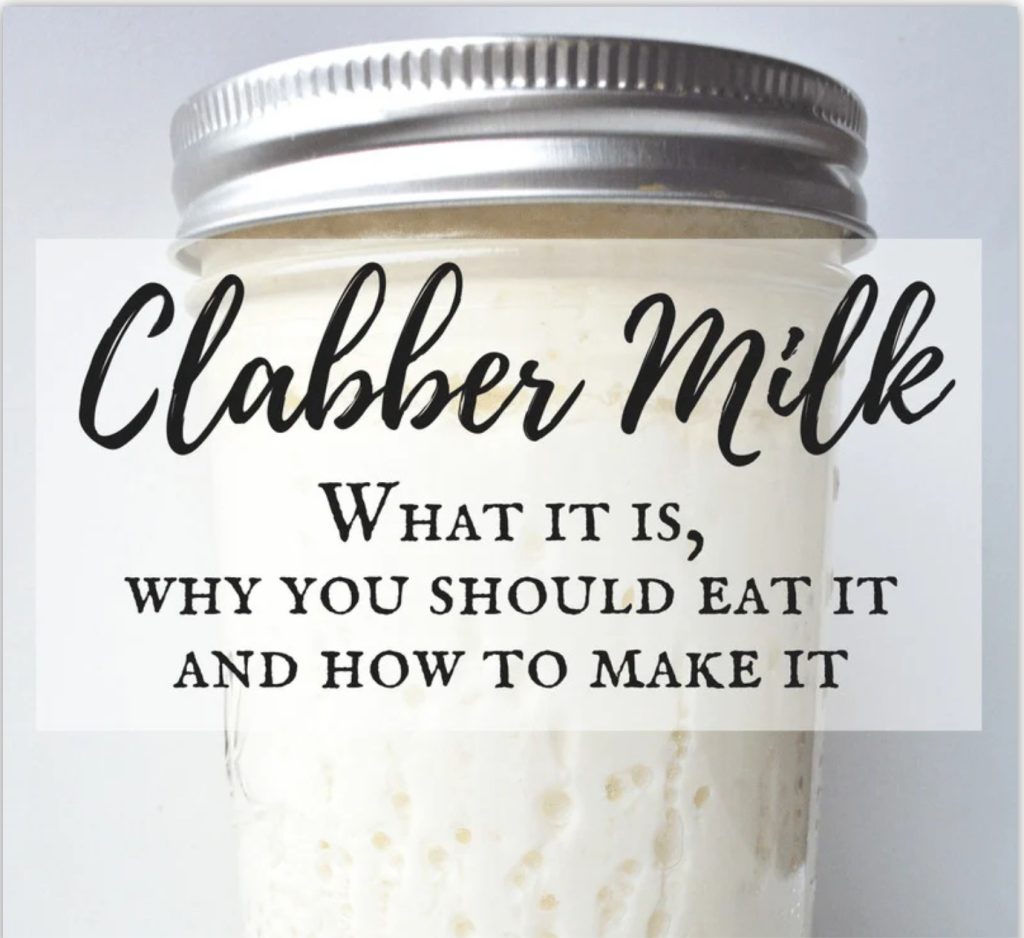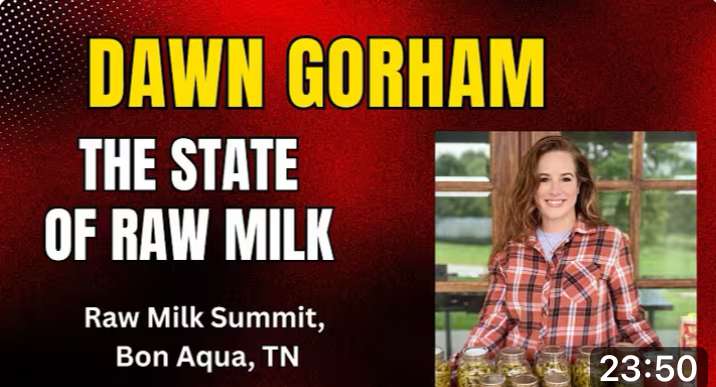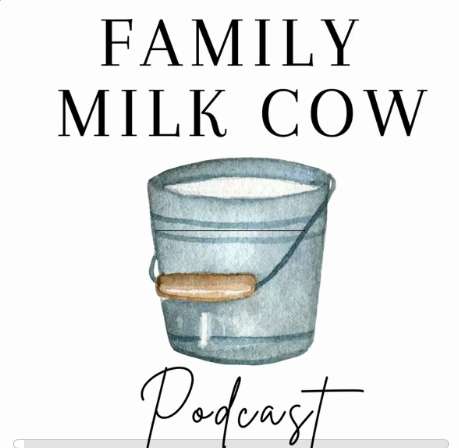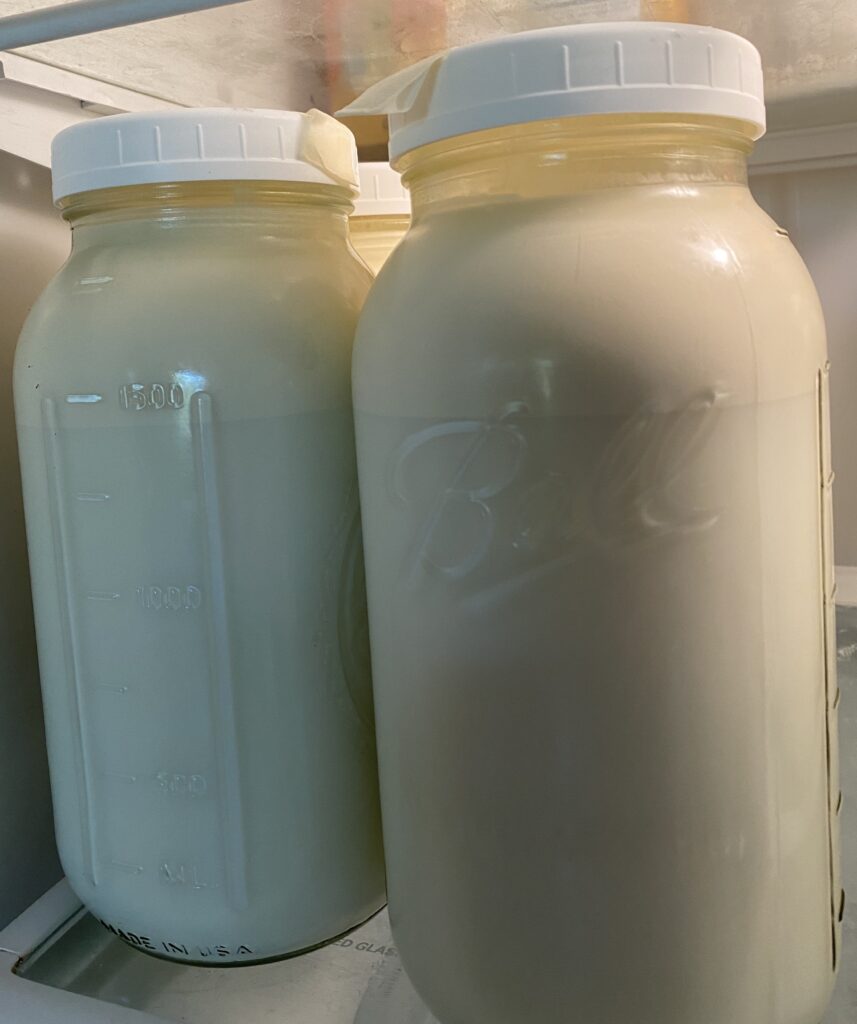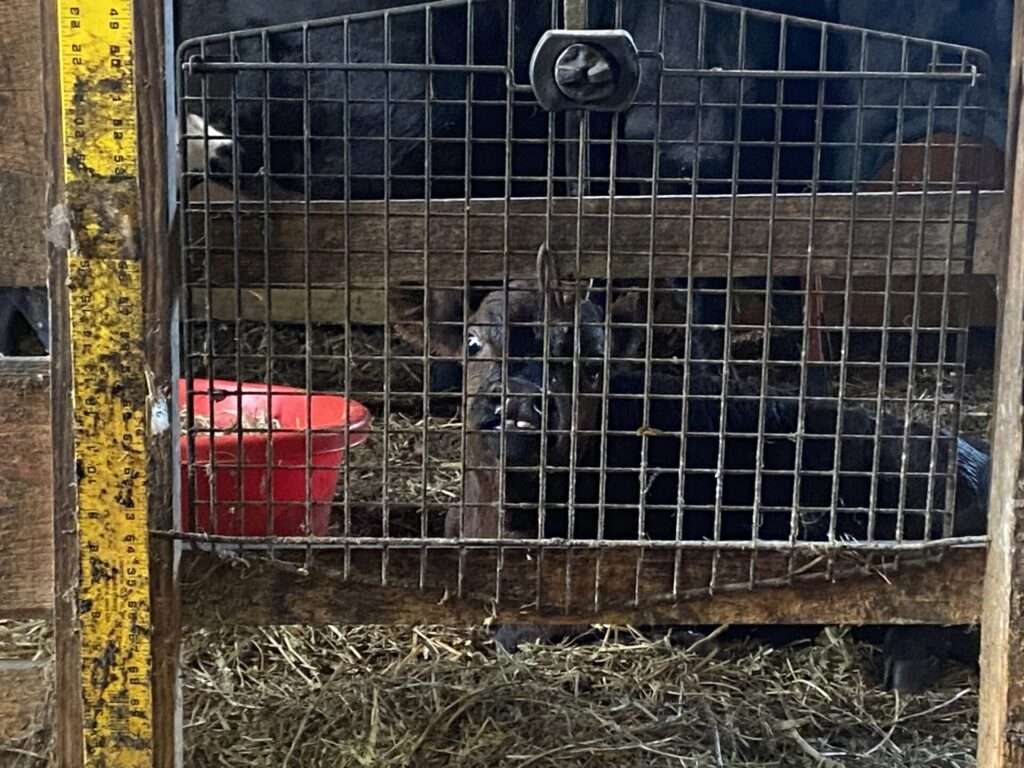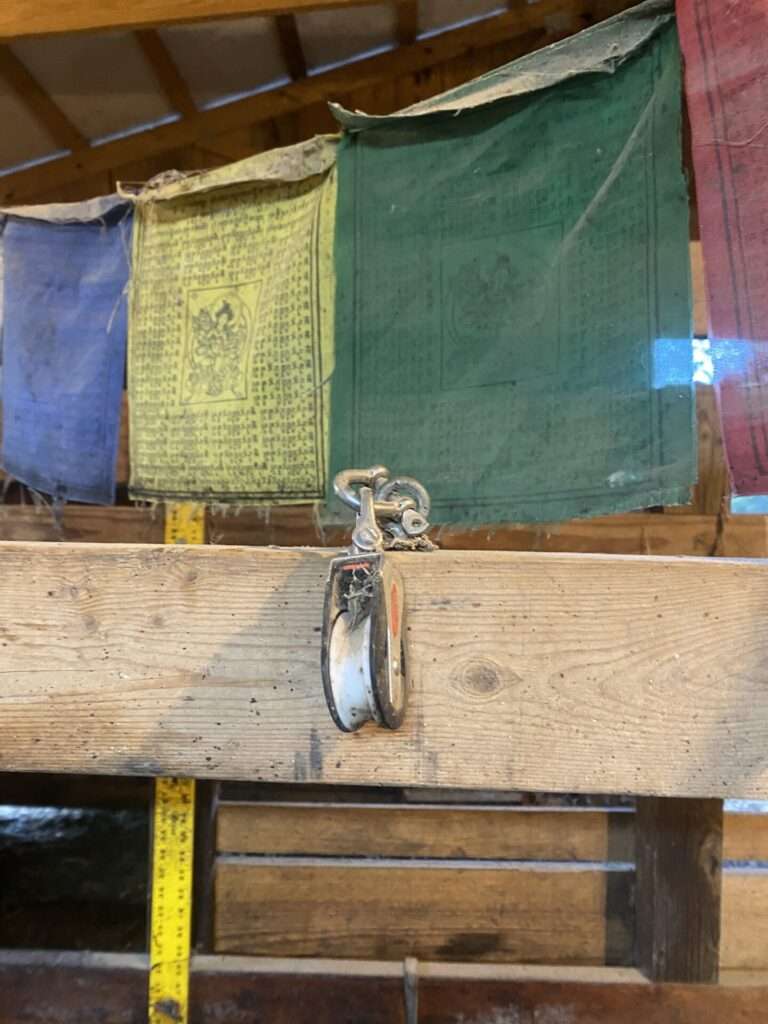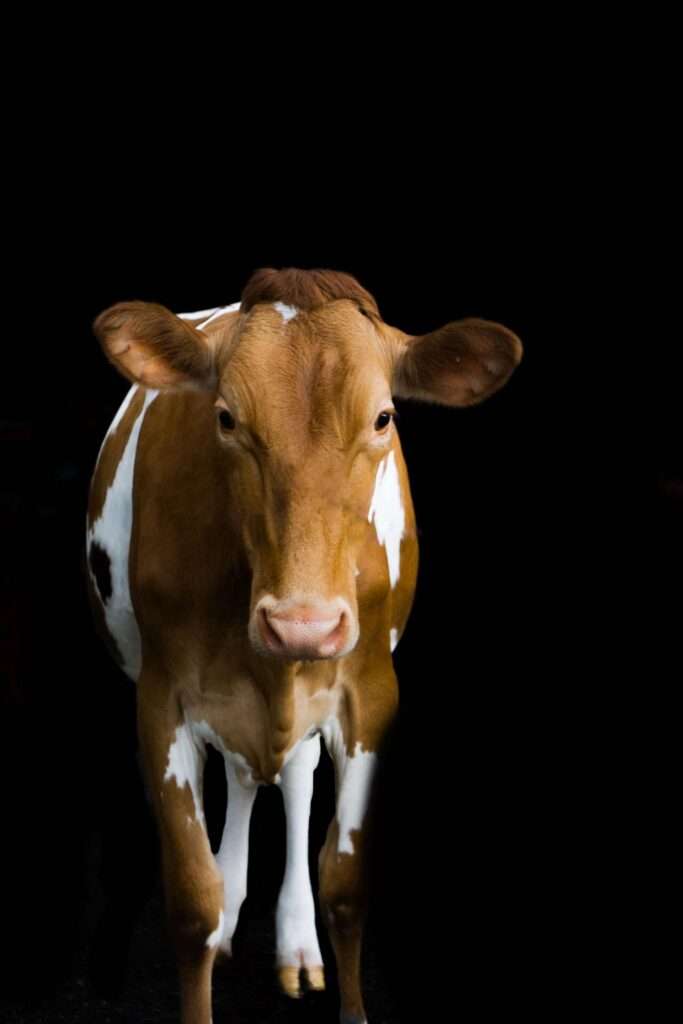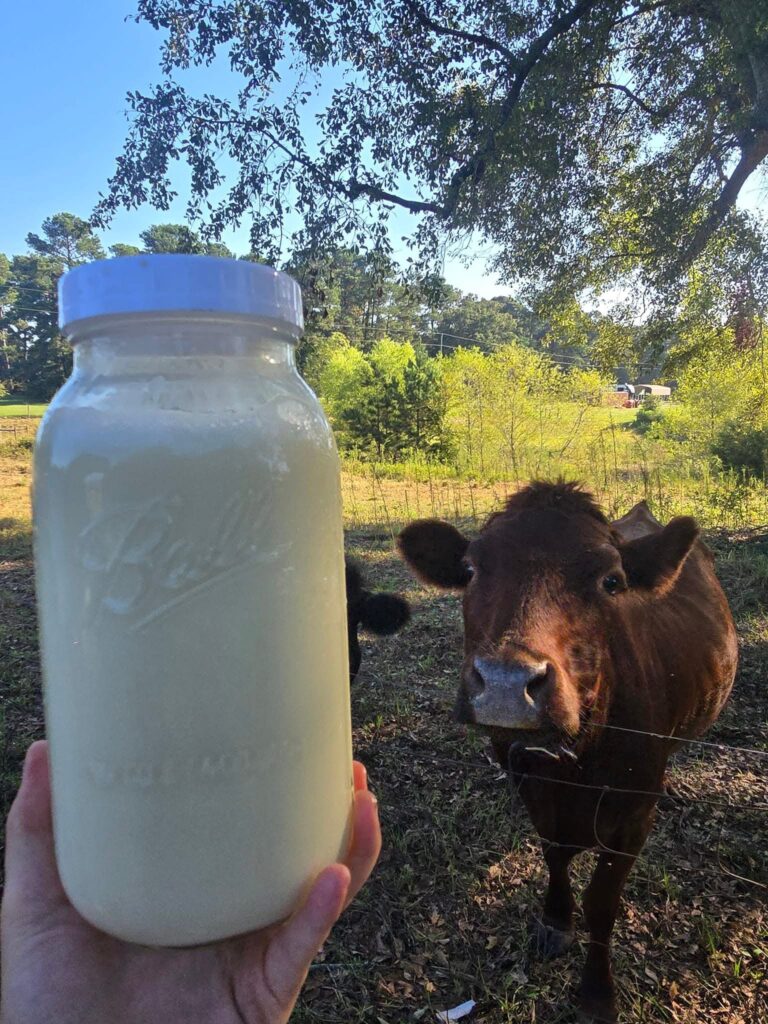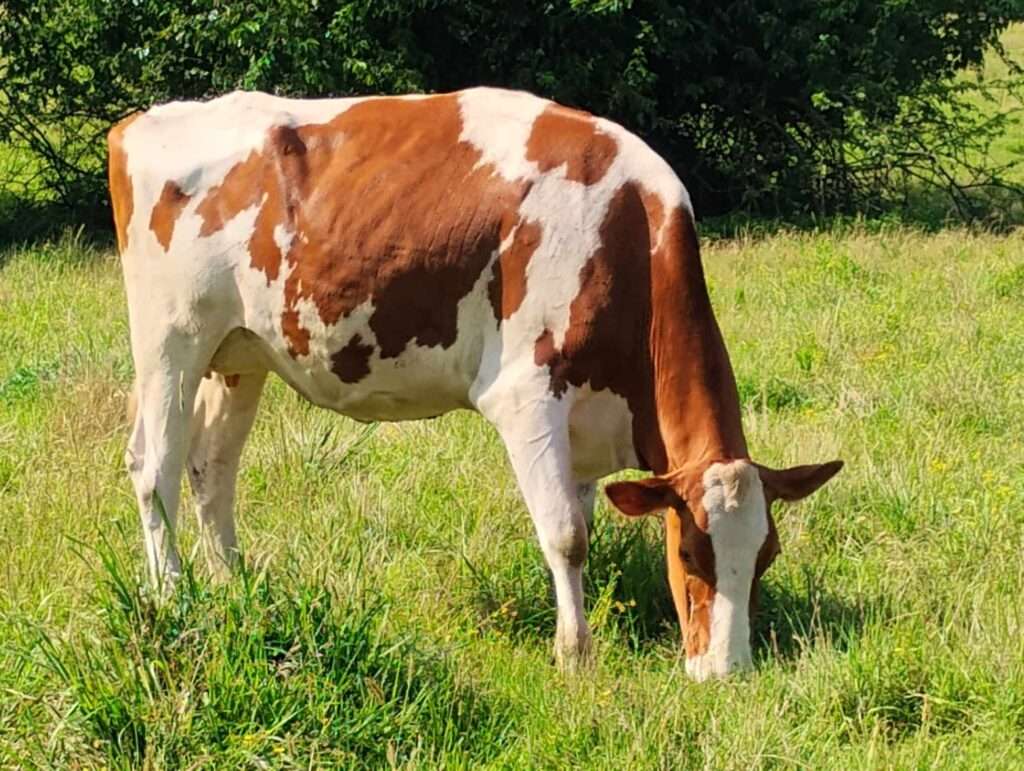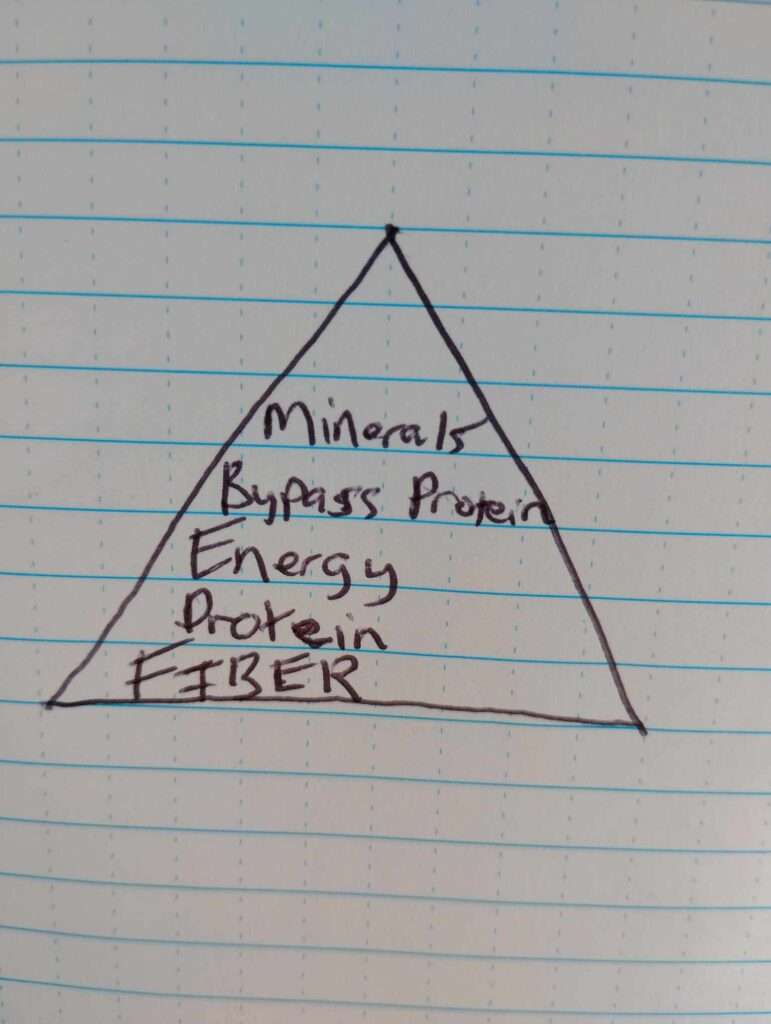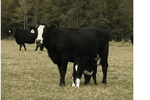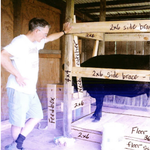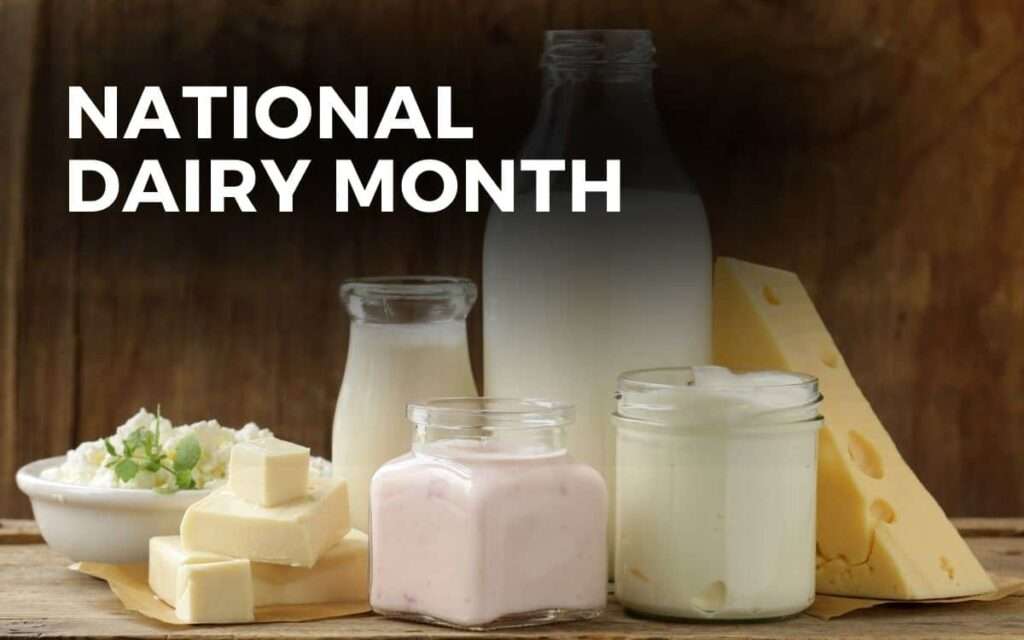REPRODUCTION AND AI
For those interested in learning more about the bovine reproductive cycle and how we manipulate it, here is a basic summary.
Bovine Estrous Cycle Physiology
The bovine estrous cycle typically consists of 21 days, plus or minus a few days in each direction. Estrus is the period where the cow is receptive to the male or in a standing heat (not to be confused with estrous). Estrus (or heat) typically lasts around 20 hours. Signs of estrus include vocalizing, standing to be mounted, clear discharge from the vulva, increased activity, etc. During the period of estrus, progesterone is low and estrogen is high. Luteinizing hormone (LH for short) also increases during estrus and is the hormone that initiates ovulation. Ovulation is the release of an ovum or egg from the ovary. Ovulation actually occurs 10-15 hours after the end of estrus, in a period called metestrus. Metestrus lasts 3 to 5 days. During this period, an early corpus luteum (CL) is also forming. So where did this CL come from? It came from ovulation! When the ovary releases an egg, the left over structure on the ovary becomes the CL. During metestrus, you may notice a slightly bloody discharge from her vulva. Progesterone is still low during this period but it is starting to rise. The growing CL is actually what is producing the progesterone, and as it grows in size and maturity will be able to produce more progesterone.
As the CL continues to mature, we enter the phase of diestrus. At this point progesterone is high and this period lasts about 12 days.
Next up is proestrus. At this point in the cycle, the CL is regressing and progesterone is decreasing. Estrogen and LH do not like progesterone. They cannot increase until progesterone is low which is why they are increasing at this point as the CL is regressing. Estrogen and LH are increasing and getting the egg on the ovary ready to be released. Then the cycle starts all over again with estrus!
So basically, during heat LH initiates the egg to be released and the leftovers become a structure called a CL that produces progesterone. That CL will grow and produce more progesterone but will eventually fade away. This allows estrogen and LH to increase again and produce another egg.
In order to maintain a pregnancy, there must be a functioning CL. The high progesterone from the CL is what keeps the fetus from being aborted for the first few weeks.
Disclaimer: This is a very basic summary on the estrous cycle. There are other things going on (follicular waves, etc.) but in an effort to simplify things this includes only the major details.
Medications used to change the estrous cycle
Using medications to change the estrous cycle is super common. It can be used for synchronizing a herd to breed them at the same time, using a timed AI approach, or implanting embryos.
Lutalyse or PG: This medication lyses or destroys a CL. Because it gets rid of a CL, it also causes progesterone to decrease.
CIDR: This is an intravaginal device with slowly releasing progesterone. This will increase progesterone in the blood and stop LH and estrogen from increasing.
GnRH also known as Fertagyl or Factrel: This causes an LH surge and thus ovulation.
You’ll hear a lot that lutalyse will bring a cow into heat. While this can be true, it depends on where she’s at in the cycle. If it’s during diestrus where she has a mature CL, great! The CL will lyse, estrogen and LH will rise and then ovulation. If she is in metestrus or proestrus, lutalyse will do nothing for a young maturing or a regressing CL and she will not go back into heat any faster.
There’s many different AI protocols and what works best for you will depend on your cow, labor intensity desire, and cost.
Let’s start with AI on a natural heat. There’s a common AM PM rule when it comes to inseminating cattle. The rule basically states that when a cow comes into heat she should be AI’d 12 hours later. So she is in standing heat in morning, then AI in the evening and vice versa. If we think back to the estrous cycle, this makes sense. Estrus lasts about 20 hours and ovulation occurs 10-15 hours after the end of estrus. Cows typically come into standing heat around the middle of estrus. Let’s say hour 10. So then I would AI at hour 22. The cow should ovulate between hours 30 and 35. You don’t want to AI at the time of ovulation because the sperm have to go through a process before they can fertilize an egg. That process takes several hours. Early AI tends to lead to higher quality embryos but less of them for this reason. Whereas later AI can lead to higher chances of embryos but not great quality so lesser chance of an actual pregnancy. How long sperm last depends on the bull, extender used, and sexed vs conventional. Conventional should last about 24 hours. (Although I’ve played around with semen before and have had it last about 3 days in the fridge.) Sexed will last a little less than that so sometimes people with sexed semen will wait more like 16 hours vs 12 to account for that.
For timed AI…
Double ovsynch can be very useful for high producing first lactation dairy cows. It has about a 10% higher conception rate compared to regular ovsynch. That 10% difference is a little bit less as the cow gets older. The difference of double ovsynch from regular ovsynch is that you are presynchronizing the cow prior to AI to make sure she is at the ideal part of her cycle. For older cows, there’s also some evidence that 2 lutalyse injections 24 hours apart increases conception rates. The 2 injections basically make sure the CL is completely regressed. However, cons to the double ovsynch over regular is that it takes twice as long, more labor, and more drugs are used therefore increasing cost.
Ovsynch does not work as well in heifers. For heifers, I’m partial to 5 day CIDR. I included charts for double ovsynch, regular ovsynch, and 5 day CIDR.
For the girls that have a history of being more difficult to breed, I’ll always give a GNRH injection at time of breeding and AI again 12 hours later. I’ll also check the sperm. Just recently got a batch of brand new straws that only had 10% progressive motility.
I know that was a bunch of information to throw at everyone, so if you have any questions feel free to ask
or check out this site, which was used to write this article https://extension.psu.edu/timed-ai-protocols-double-ovsynch

